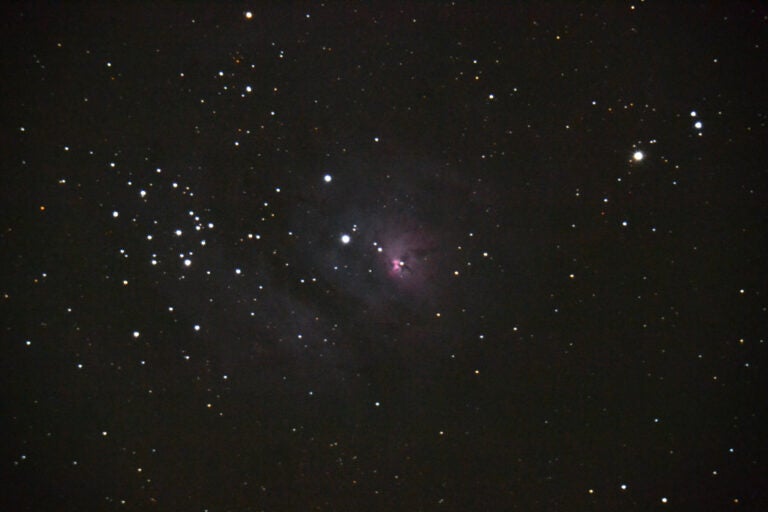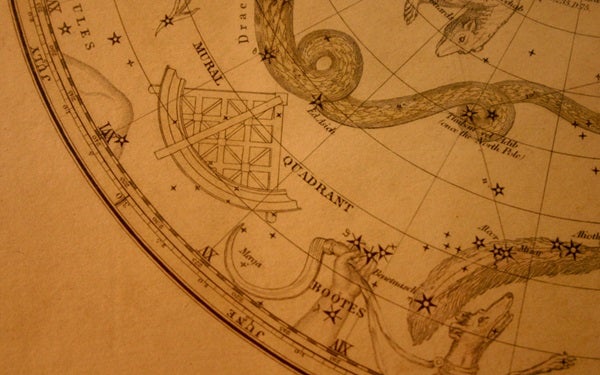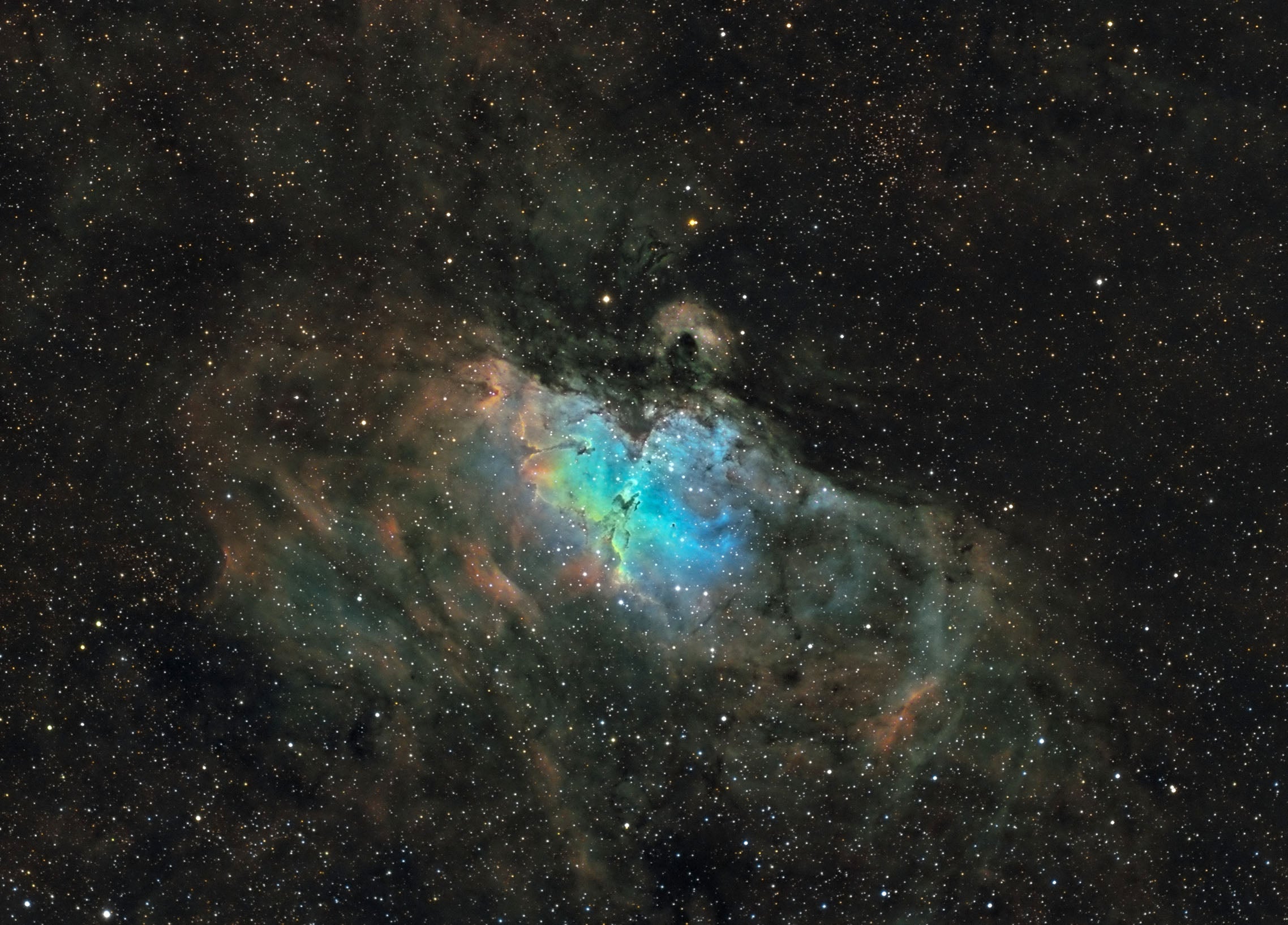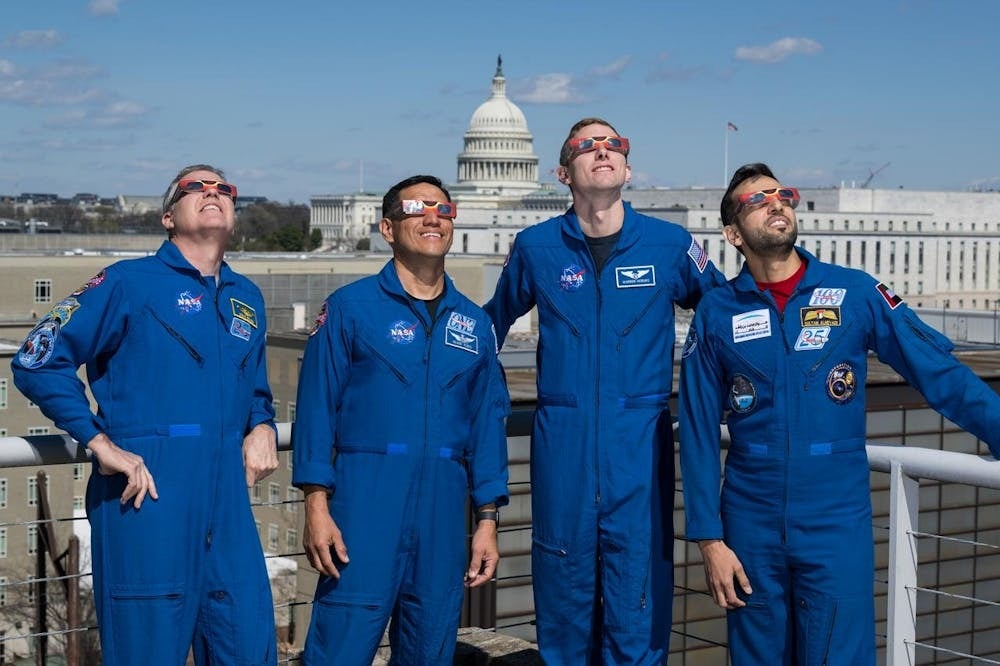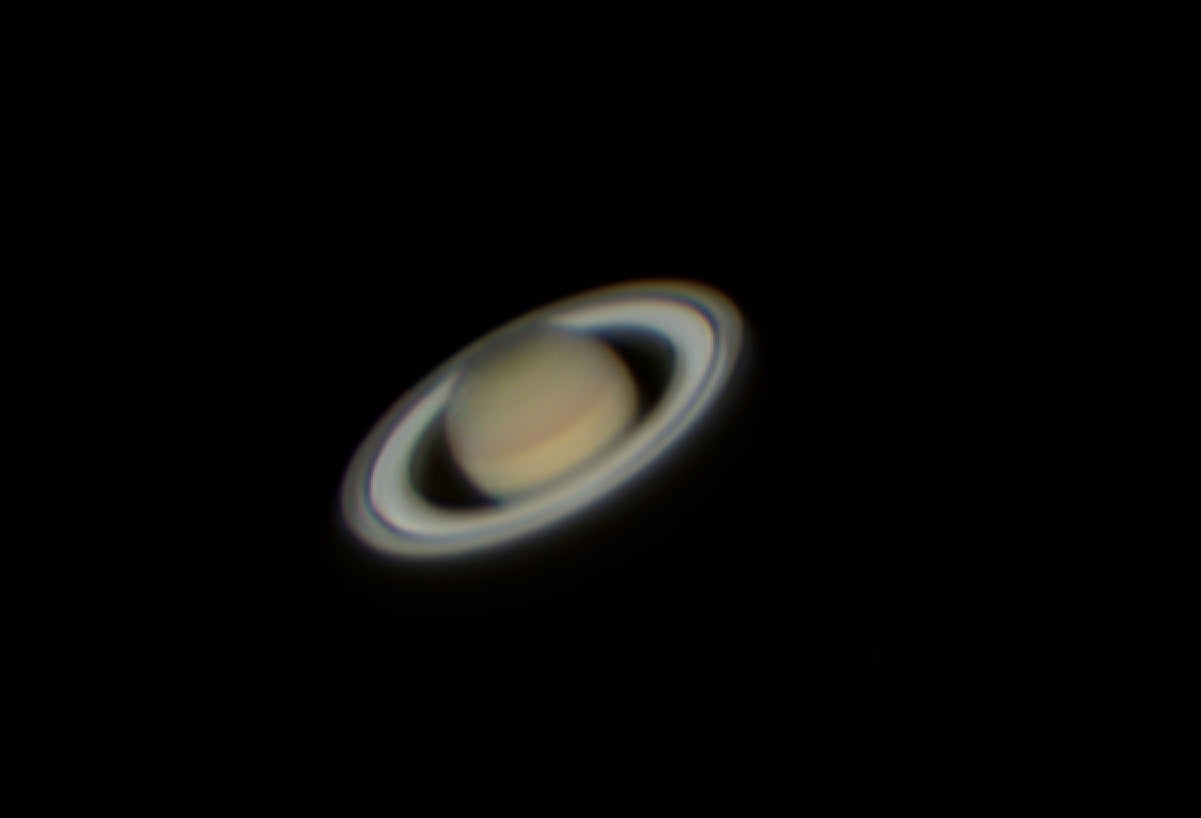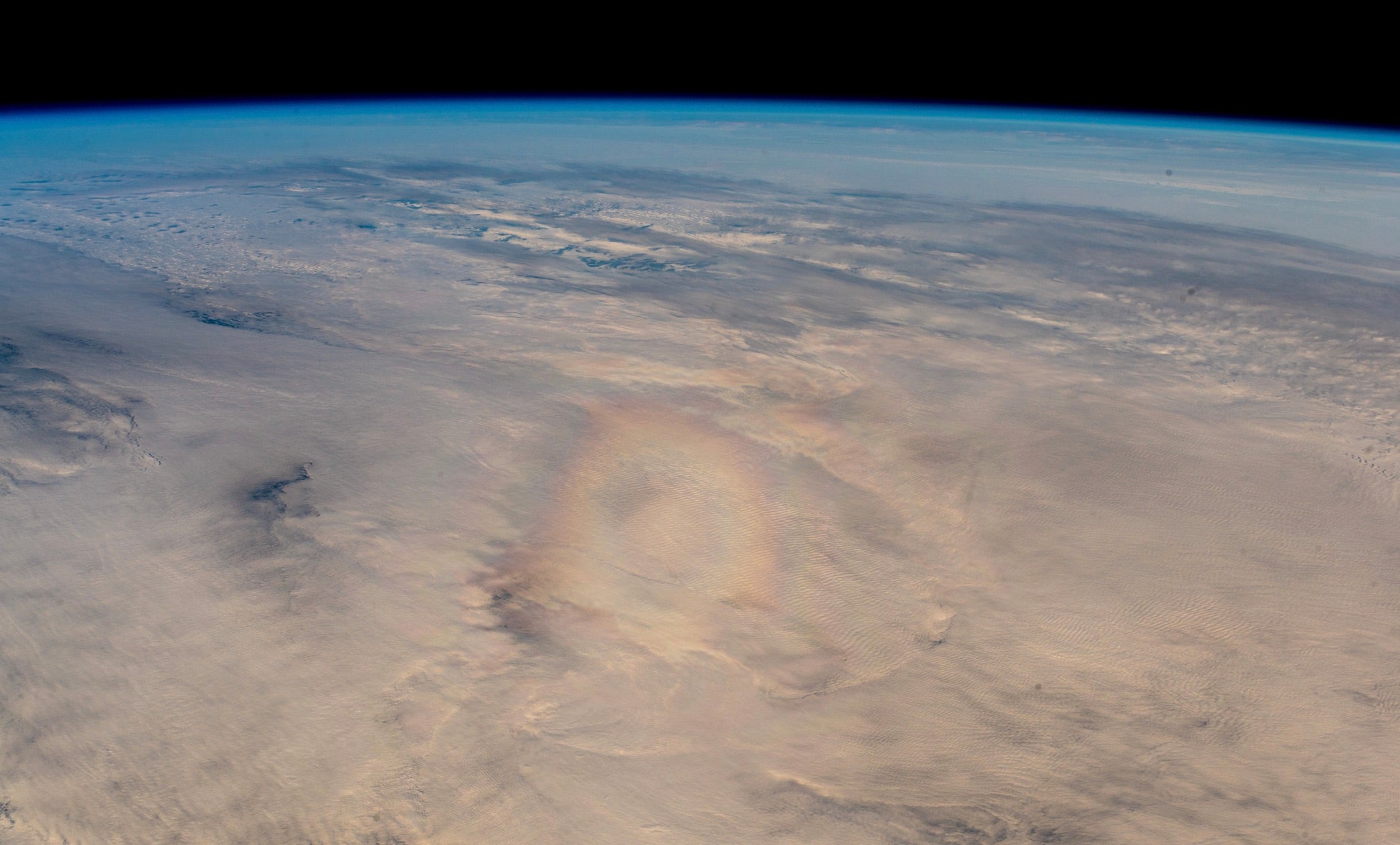
The next time you fly, be sure to secure a window seat opposite the Sun — and pray for clouds. Under the right conditions, you just might see a glorious atmospheric phenomenon known as, well, the glory.
The glory is an optical effect that appears as a series of concentric colored rings on clouds or mist. In shape and color, it resembles the Sun’s atmospheric corona, and both are caused by the interplay of light and water suspended in the atmosphere — either as tiny water droplets or ice crystals. But unlike the corona, the glory appears opposite the Sun, at the antisolar point. Since you look away from the Sun to see the glory, it is more comfortable to observe than the Sun’s corona. There are other differences as well. The glory’s central aureole — its bluish inner disk — is not as intense as the corona’s, making it appear more defined. And while the order of colored rings (blue on the inside, red on the outside) is similar for both, the glory’s outer rings are usually easier to detect. In fact, it is not uncommon to see three or more sets of colored rings in the glory. This is rare with coronae, especially if the droplets causing them are all the same size, as tends to be the case in freshly condensed clouds or mist.
Coronae are produced by light diffracting around the edges of water droplets or ice crystals. Glories, however, are a more complex and not-yet-fully-understood affair. Although Maxwell’s equations of electromagnetism can describe the pattern of rings when water droplets scatter light from the antisolar point back to your eyes, they do not explain how. The problem is that water does not refract light by the correct amount to achieve the required scattering angle of about 180°, even if a ray reflects off the inside of a droplet multiple times.
In the Sept. 20, 2005, issue of Applied Optics, optics researcher Philip Laven offered an explanation based on the possibility that light can propagate along the surface of a droplet. (Polarized radio transmissions can similarly propagate along the ground.) This means that light rays entering at the edge of a water droplet could repeatedly travel as a surface wave for a short distance before bouncing back into the droplet, allowing the rays to exit the droplet in the direction from which they came. The colored rings of the glory, then, are an interference effect between “rays entering the droplets at diametrically opposite points.”
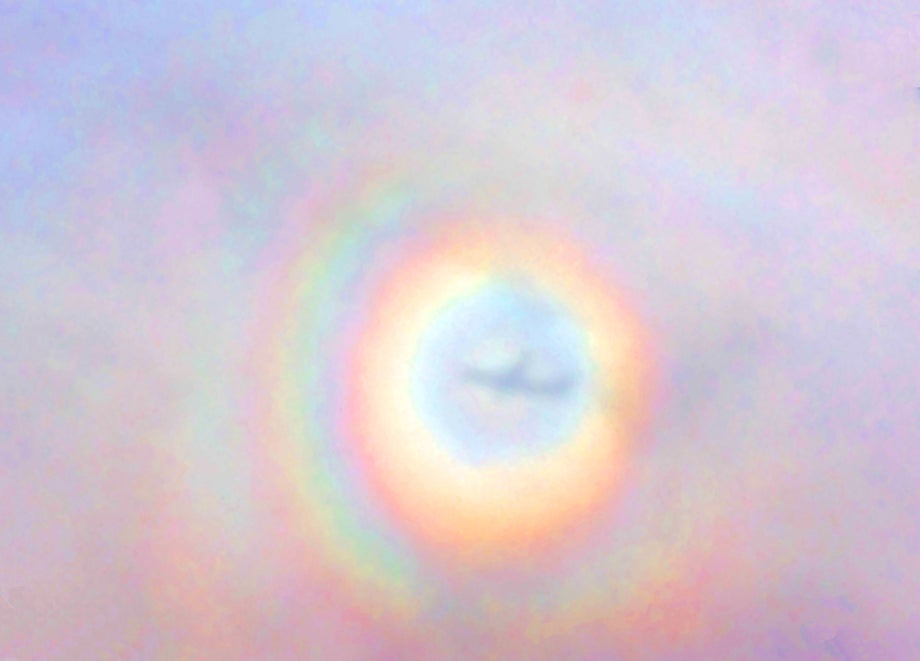
The view from above
You don’t have to be on an aircraft to see the glory. Many people atop mountains have observed them against hillside clouds or fog at lower elevations. But those seen while flying in a plane are the most animated. Since the glory appears at the antisolar point from the perspective of the observer, if you sit in the back of a plane, the glory will be centered on the craft’s tail end. Walk down the aisle, and you can watch the glory follow your path in the plane’s shadow.
The glory’s size and appearance may also change as the craft passes over clouds containing water droplets of different sizes. Like atmospheric coronae, the glory’s angular extent is inversely proportional to the size of the water droplets causing it: The larger the water droplet, the smaller the glory, and vice versa. With large water droplets — say, 40 microns — the first-order ring will have a radius of about 1°. With water droplets a quarter that size, the first-order ring will have a radius nearly five times larger.
And while the aircraft’s shadow has no influence whatsoever on the glory’s shape, size, or color, we can see it shrink or swell against the glory, depending on how close the clouds are to the craft. The farther away from the cloud deck, the smaller the craft’s shadow, and vice versa.
Despite Laven’s confidence in his interpretation of what causes the glory, there is still uncertainty. As always, send your observations (and interpretations) to sjomeara31@gmail.com.


